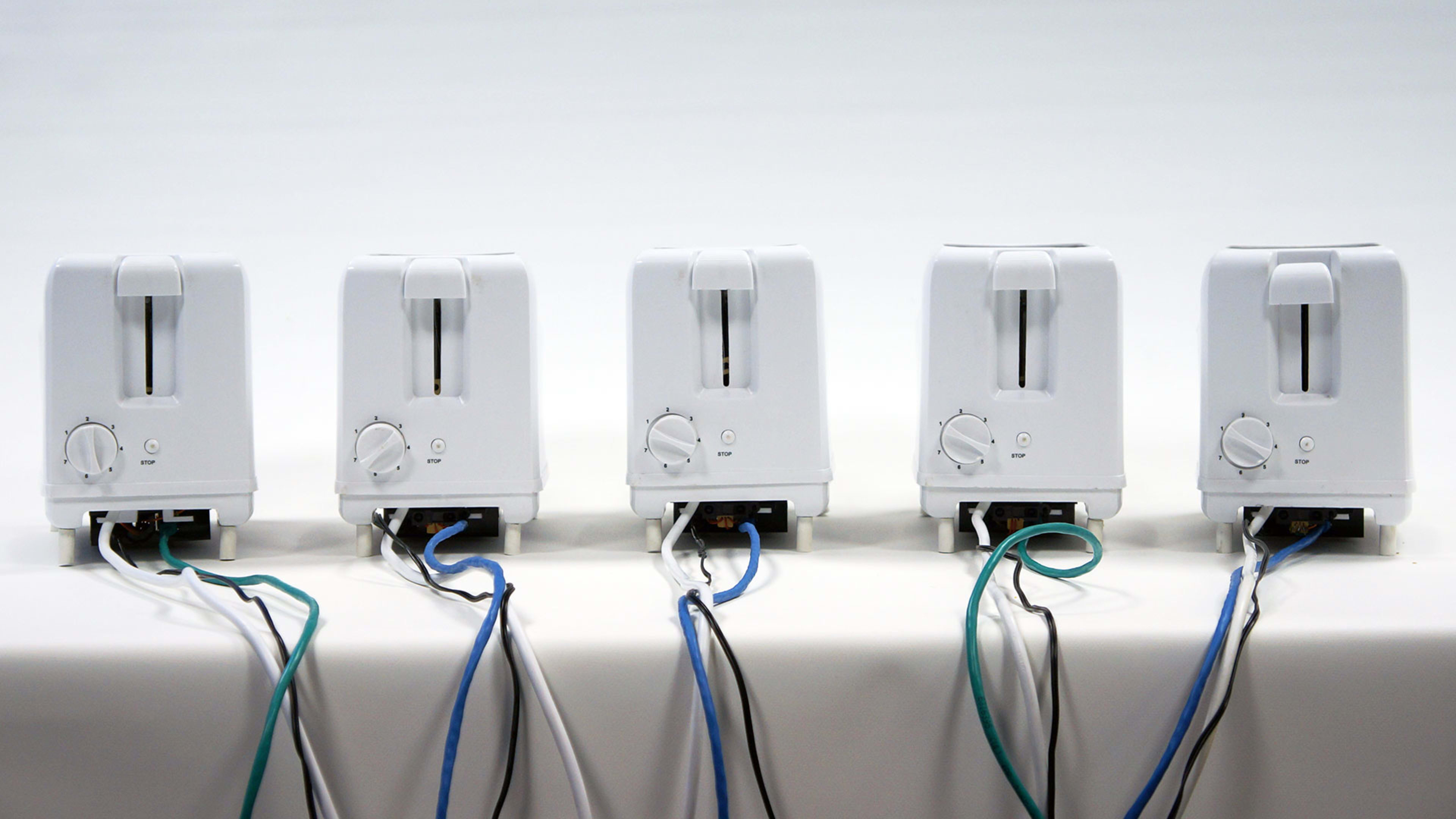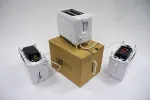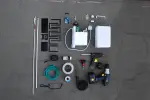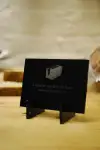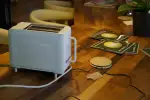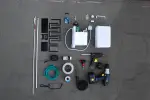What if your toaster didn’t like you and decided to move on? As companies start to add more personality to the smart objects we live with, one interaction designer is considering how a product’s own programmed desires could shape us, rather than the other way around.
In Simone Rebaudengo’s toaster experiment, called Addicted Products, a network of toasters goes to “host” families. Each toaster wants to be used, and if it’s not, the toaster complains and tells the network that it wants to go somewhere else.
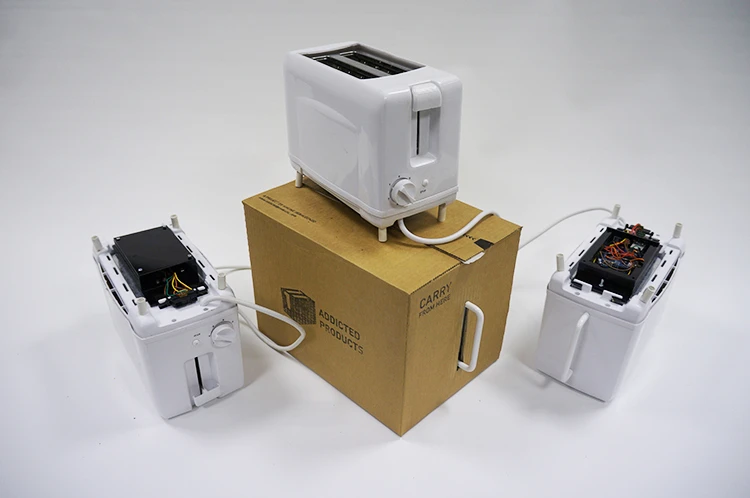
Why would you want such a cranky toaster? For Rebaudengo, it was partly a way to get people thinking about how much we buy and own. Though sharing services are popular for consumer products like cars, which are expensive and can be annoying to own, it’s trickier to get people to share smaller things like kitchen gadgets. “For household products, the cost is too low to make sharing a viable option,” he says. “The only way to make it work is to create some new value for people.”
Injecting some personality into products might be one way to help people notice that they’re not really using everything filling their home. As Rebaudengo tested his network of toasters, people were suddenly hyper-aware of an object they’d never noticed before. They started changing their everyday lives; one family even had a party just so they had a reason to make more toast.
“Suddenly an object that has no real value gets a lot of value because you are judged as an owner,” he says. “It was kind of fun because even though it was a speculative vision, by making it real enough you get these full reactions. What if this was true?”

Though it’s unlikely that many people would actually want a toaster that acts quite like this (and some people in Rebaudengo’s experiment were pretty annoyed by the system), several aspects of the design could easily be incorporated into actual product-sharing systems.
Having everything plugged into a network makes it simple to track what products are available and how much they’re being used. The design also includes clear comparisons between what one family is doing compared to others in the network. While this encouraged people to use products more–not necessarily a good thing, if that also means using more energy– it could also probably be tweaked so that it simply made people more aware of what they do and don’t need.
And an added nudge from an object might be enough to help people let go of it. “If we only rely on people to be the promoters of sharing, it will be very hard to change people,” Rebaudengo says. “Something like property is such a deeply rooted value in our society. People get angry because it touches their deeper need of having things.”
“A truly smart product probably would do something that we may not agree with, but could lead to a more positive outcomes,” he adds.
Recognize your brand’s excellence by applying to this year’s Brands That Matter Awards before the early-rate deadline, May 3.
